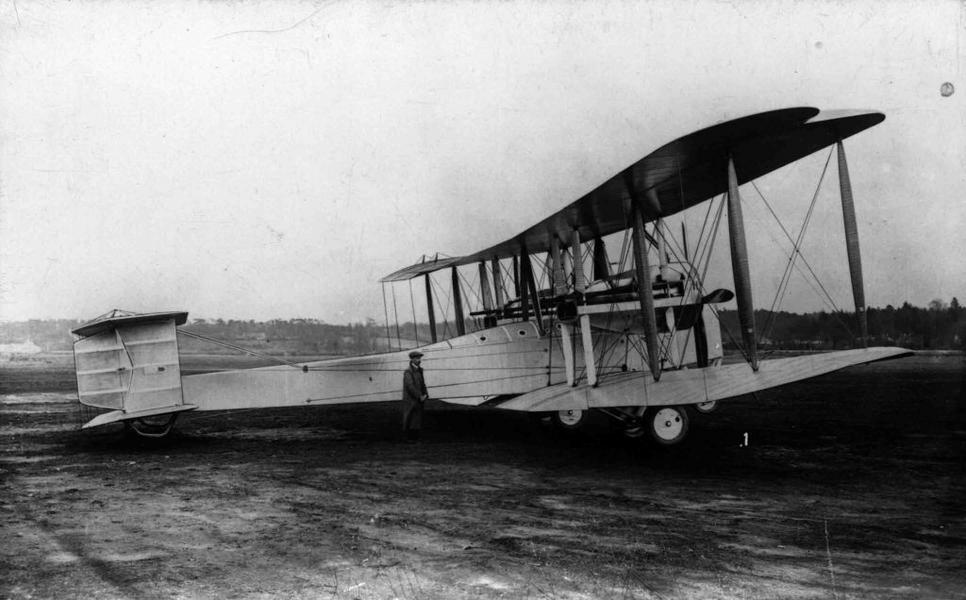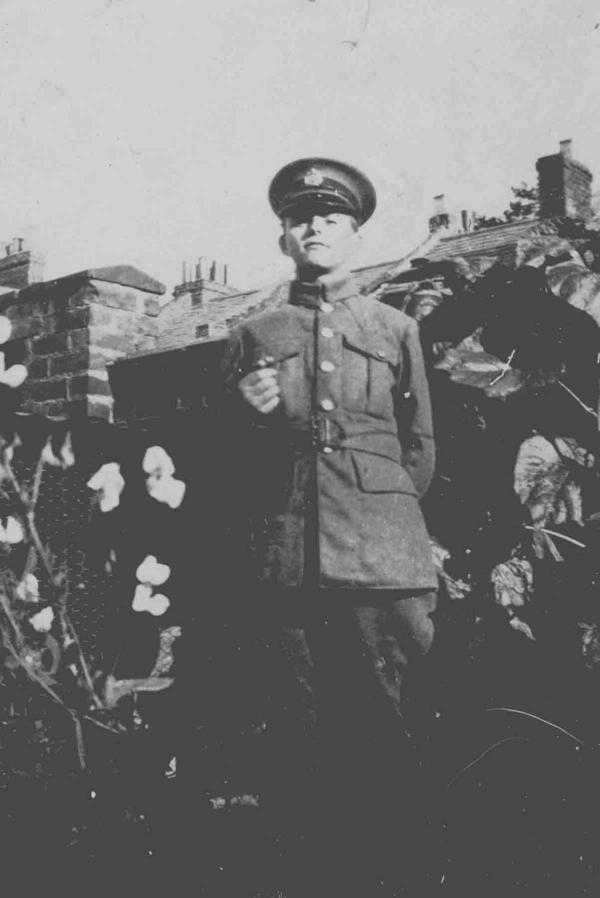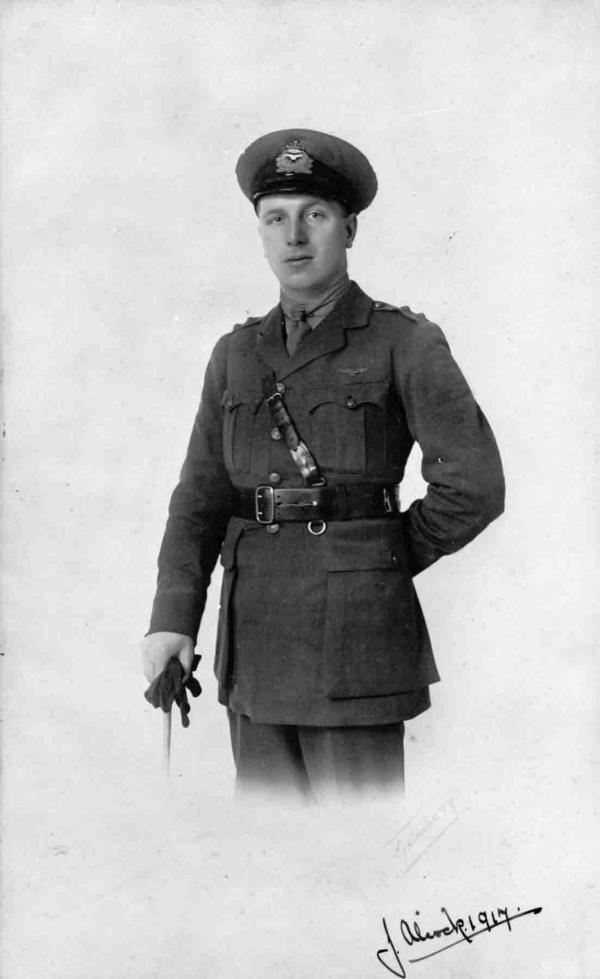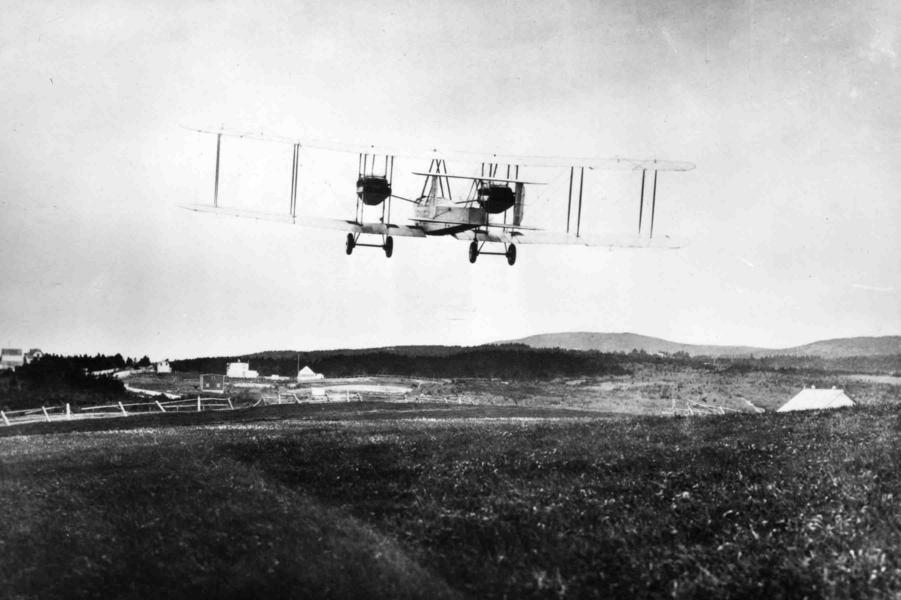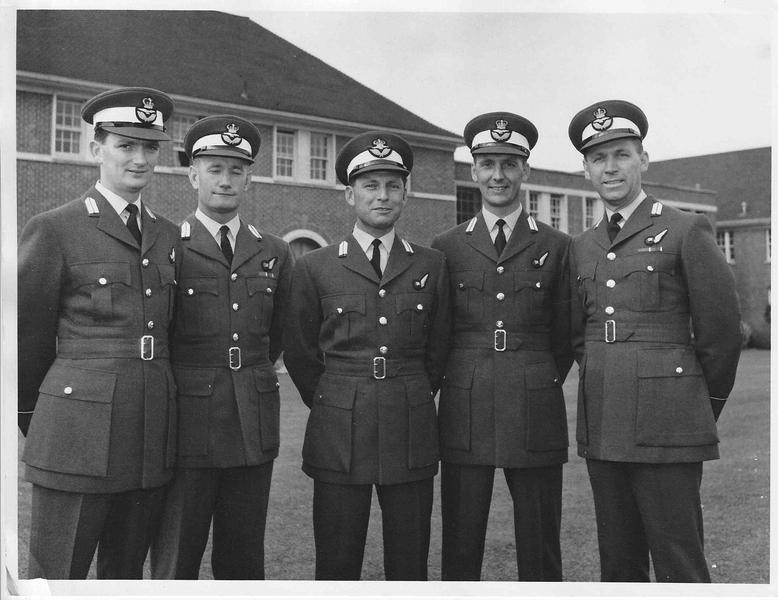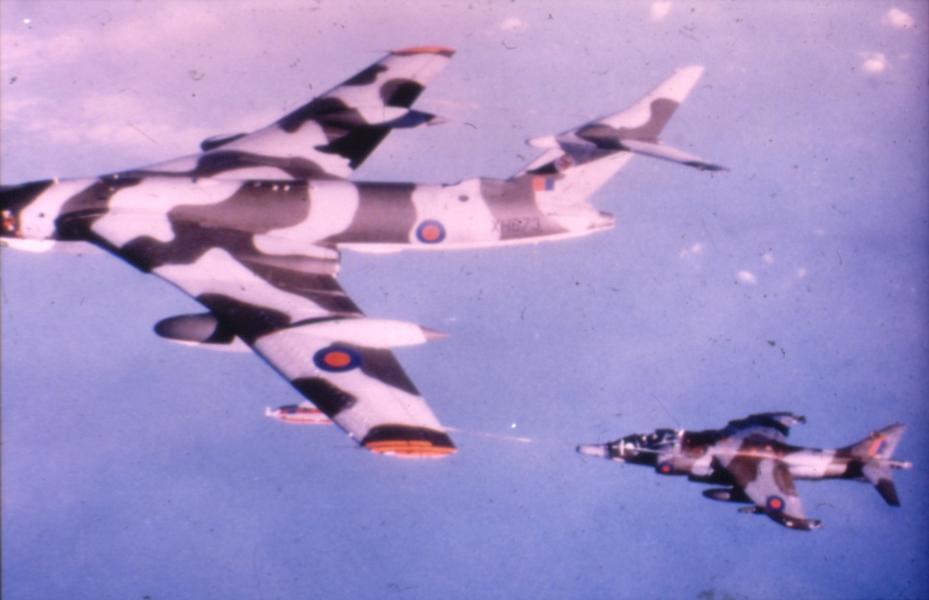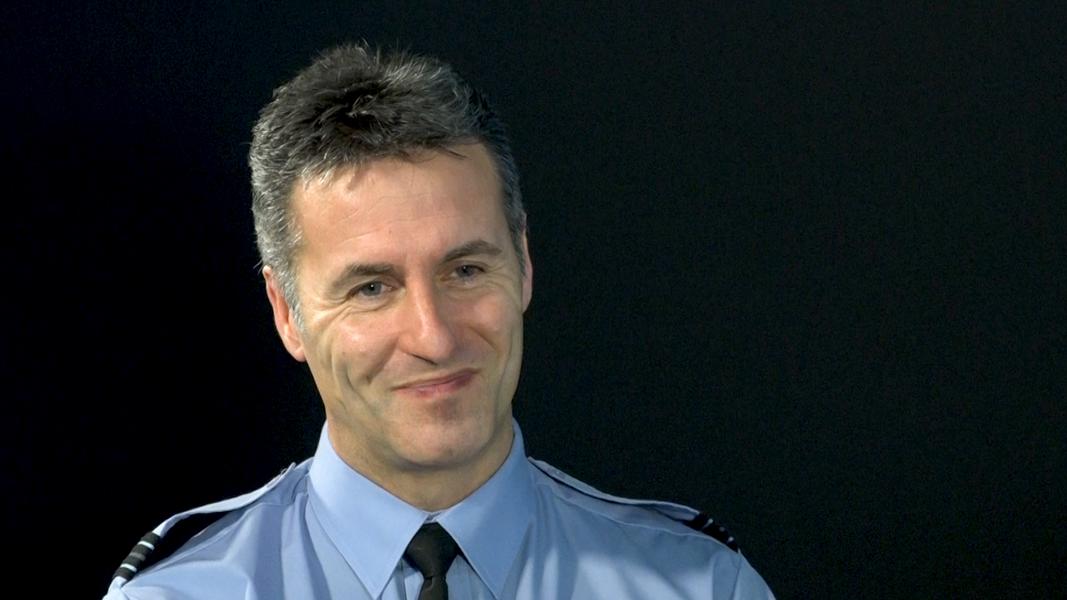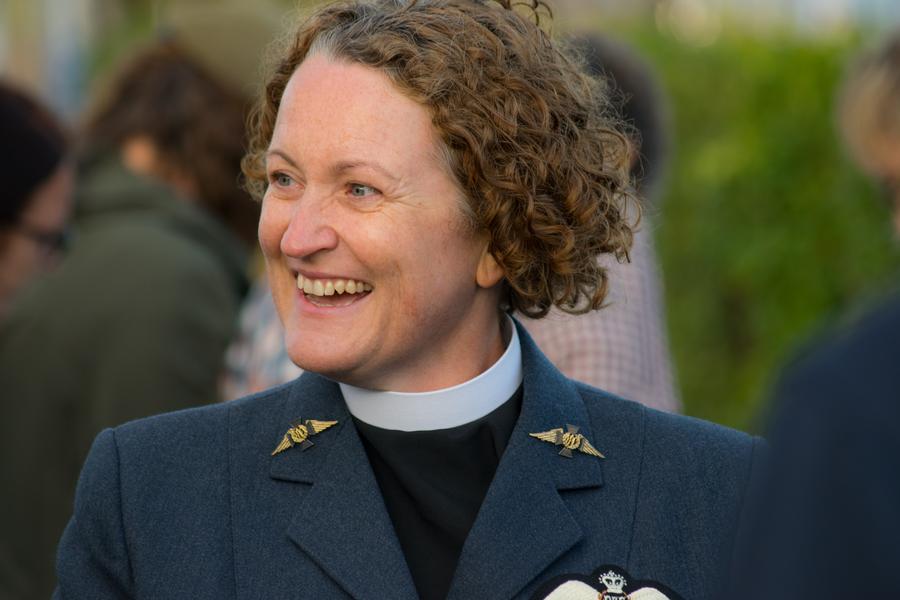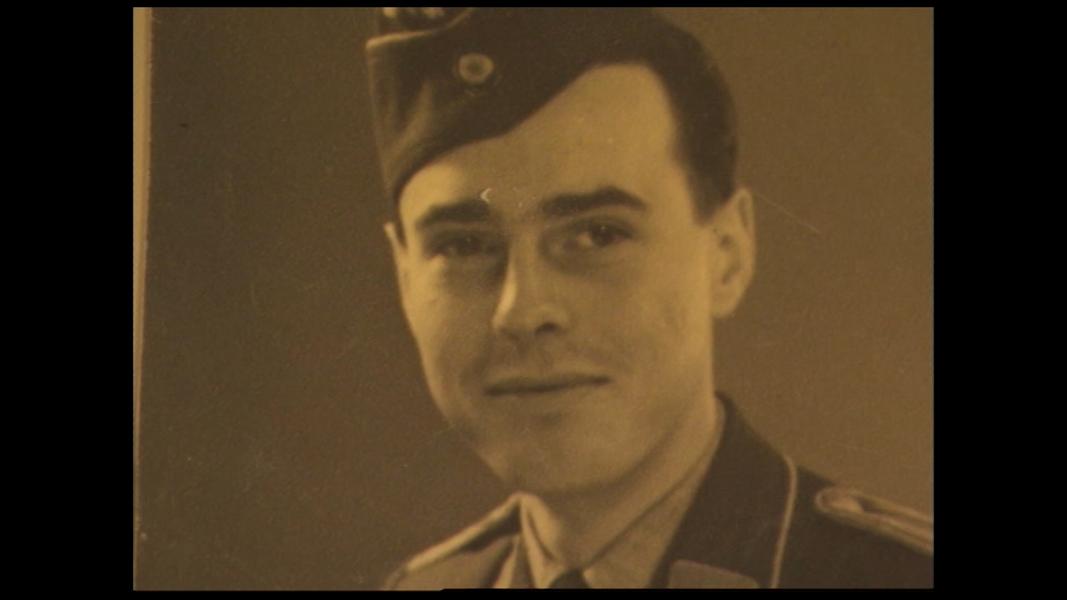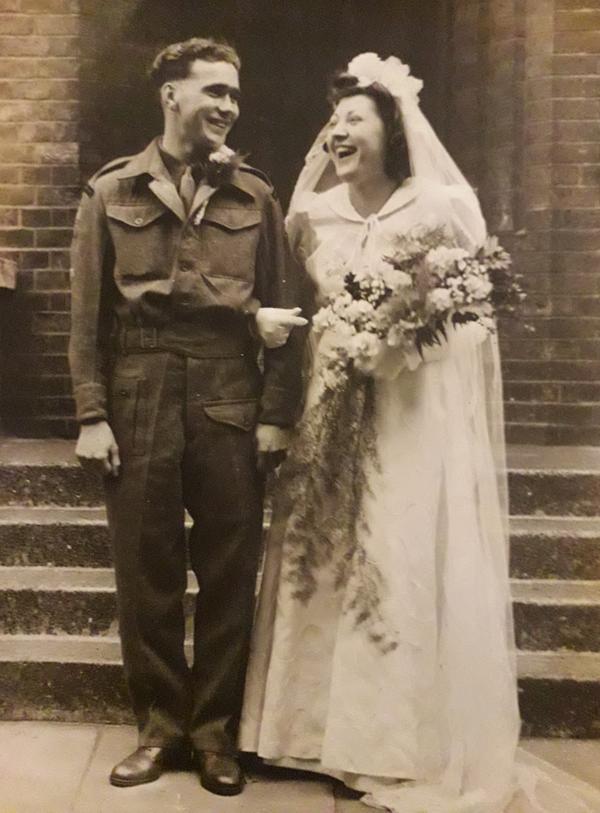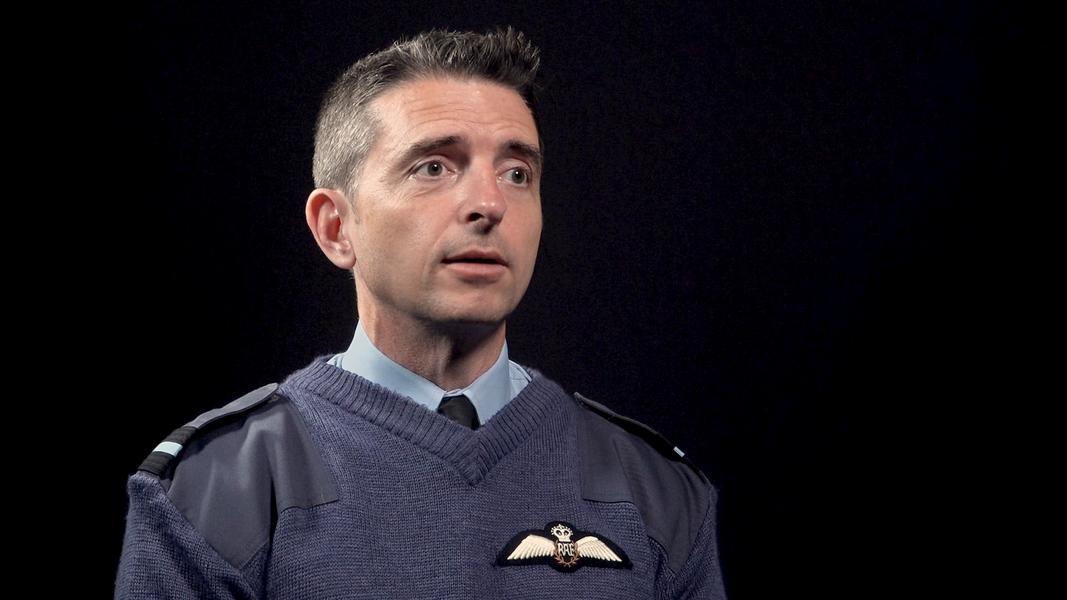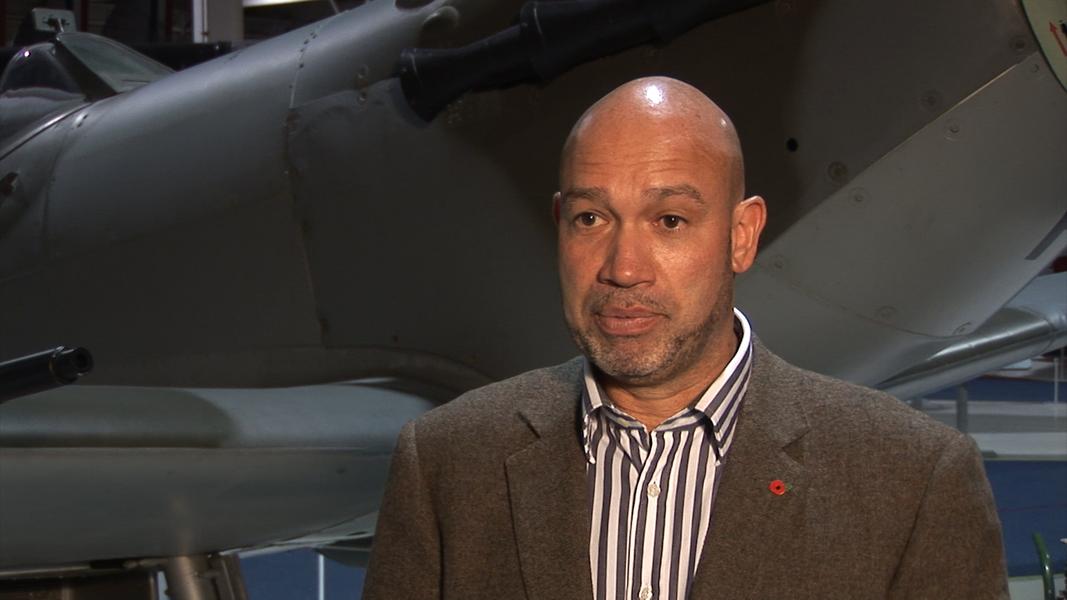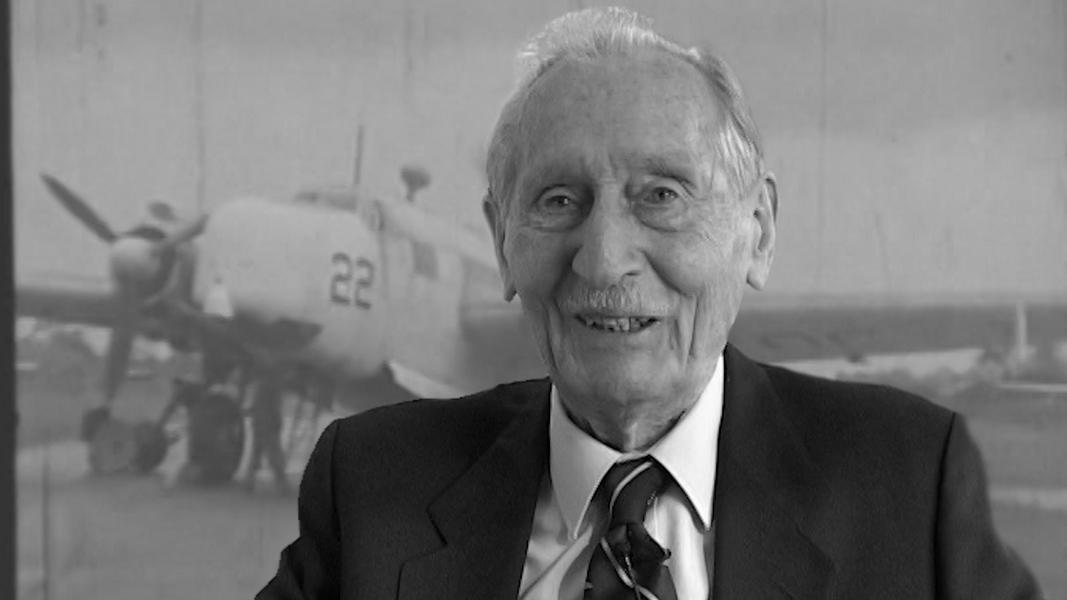14th June 1919, John Alcock and Arthur Brown
took off from Lester’s Field, St, John’s, Newfoundland
Their ambition was to fly across the Atlantic Ocean
A month earlier, Harry Hawker and Kenneth Mackenzie Grieve
had attempted such a flight
and had been rescued from the sea, after ditching due to engine failure.
Their plane seems horribly primitive by modern standards
wooden framed with an open cockpit and no modern navigational systems
Brown planned to map their route by the stars
Almost immediately they ran into trouble
thick fog made navigation impossible – they were flying blind
Worse still, Brown realised that their generator had been damaged
without electricity they had no radio
He scribbled a note and passed it to Alcock
They continued to write notes
as they probed their way through the fog and the darkness
discussing the route and their strategy for making it safely to land
Despite the hardship, the danger and the freezing cold
their spirits seemed high
At dawn Brown realised they were still on course
and at 8.25 am on June 15th they crossed the Irish coast
Struggling to find a suitable place to land
they crashed into a bog near Clifden, County Galway
As the first men to cross the Atlantic, they became instant celebrities
Both men were Knighted by King George V
